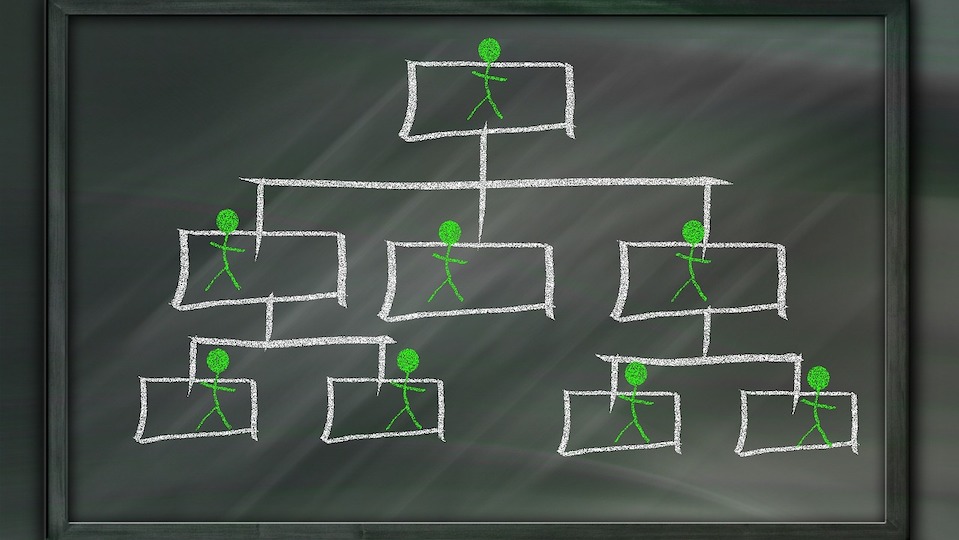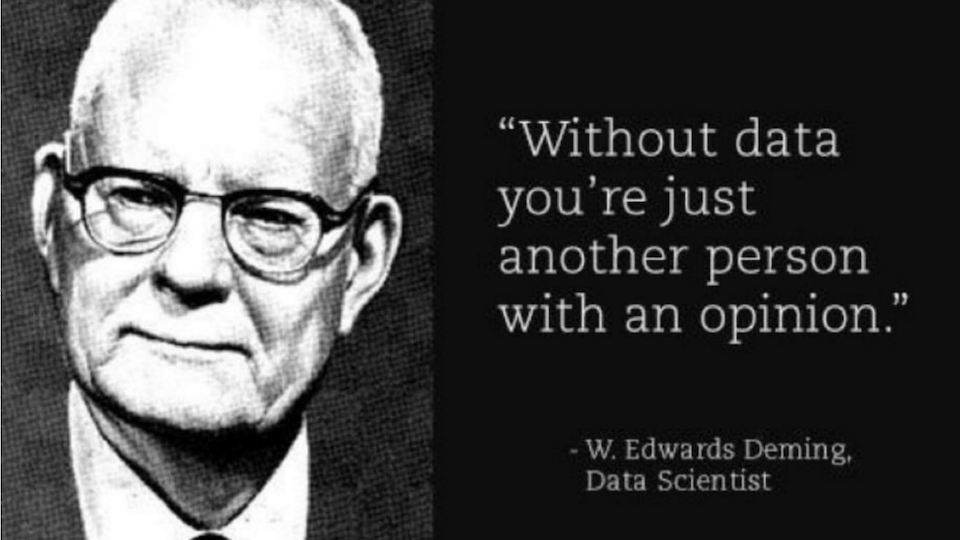A Strategy Operating System
“If we had a system, we could focus more on the problem than band-aiding what we’ve built…..” These are the words of a leader within the United States Air Force (USAF) on the topic of strategy implementation. He went on to say, “If people know you’re committed to a process to achieve an outcome, they’re more willing to go along with it…and you get more collaboration, cooperation, and inclusion.”
While this may sound obvious to many, the USAF is not alone in experiencing strategy implementation challenges. The good news is that your leaders are likely giving you signals right now that they don’t have the right tools to be a force multiplier. Below are the top three signals we’ve identified.
Strategy Implementation Skills
1) Your leaders feel as though they lack the skills necessary to implement strategy. Admittedly, this can be a tricky one to identify. Conceptually your leaders should recognize the need for a strategy to address tomorrow’s challenges. However, this is not always the case. Many leaders are great operators and don’t see the need to take their eyes off operational excellence. Others are visionaries who track 100% with the future of tomorrow but often miss the bridge between vision and tactical execution.
If you’re experiencing this signal, your leaders are telling you they lack the skills necessary to implement strategy. Strategy implementation is not creating a vision and not operational excellence. Instead, the art of strategy implementation is in creating a step-by-step guide from Vision to Tactical Execution. If I had to guess, your leaders don’t have a system and haven’t been given the skills to be successful in creating this guide. This leaves you feeling like their is a lack of traction, and the ball’s not getting advanced. It leaves them feeling ill-equipped to achieve desired outcomes.
Uniformity in Strategy Execution
2) Your leadership lacks uniformity in execution. It is a bit ironic that my work is creating uniformity in strategy implementation so outcomes can be measured more effectively. Twenty years ago, my philosophy was quite different. “You’re an adult. Figure out how to get the results I want.” Does that sound familiar? If so, here’s a warning – Your “feeling like leaders should be able to figure it out themselves” is creating siloes in execution. Siloes lead to a lack of clarity. Lack of clarity leads to complexity. Complexity leads to you not knowing if your strategies achieve the desired outcomes and effects. To make matters worse, your leaders understand they need to demonstrate progress along with a plan. However, without uniformity in plans, assessing the battlefield becomes virtually impossible.
Be a Strategy Force Multiplier
3) Your leadership team doesn’t feel equipped to be a force multiplier. What exactly does this mean? You’ll know when you see leaders become cynical about strategy. They’re not super excited to participate for several reasons:
-
- “We do all this hard work, and nothing ever comes of it.”
- “It will change before we have time to implement.”
- “They haven’t provided me with the resources, which means it really isn’t a priority.”
Soon your leaders become tired and leery of strategy work, going through the motions without the attitude, tools, or resources to be a force multiplier.
Strategy Implementation Success
Okay, enough with the warning signs. Now on to the good news. There is a system you can embrace that makes the work of strategy implementation a force multiplier for your organization. Your leadership will value your focus and commitment to a process that will make them more successful. Your team will gain clarity and focus, and you’ll know if the strategies your team is implementing have the outcomes and effects you want. Now is the time to enable your leaders to be force multipliers.
Working through this can be challenging. If you need more advice beyond this post, I’m happy to jump on Zoom and help you further your strategy implementation efforts. Here’s what that looks like:
Step 1 – You Schedule a Fact-Finding Meeting with us to help us learn where you are in your strategy – (This will be a Zoom meeting, and I’ll be on a whiteboard…nerdy, but it works.)
Step 2 – I’ll summarize my thoughts and provide direction on how your strategy execution plan should be architected. We’ll look at everything from your strategic goals to your past approaches, and I’ll share my thoughts on what will work best and why.
Step 3 – The ball is in your court – Take our design and implement it yourself, or chat further about what it might look like for us to partner to ensure your success. We’ve utilized our system for over a decade, so getting started is a breeze.





